- Housing market continues to be fuelled by fiscal and monetary stimulus
- NAB's latest report shows HomeBuilder grants provide massive stimulatory boost
- The RBA looks to maintain easy stance on monetary policy
NAB‘s latest Australian Markets Weekly report shows the federal government’s HomeBuilder grants have provided a massive stimulatory boost to the pipeline of residential construction.
Over 75,000 applications for the grants have been launched, with 60,000 of those for building new homes (representing around 1/3 of housing approvals in 2020).
Private housing approvals recorded a very sharp rise over the second half of 2020 (see graph below). Dwelling investment is on the rise much higher than NAB economists would have forecast a year ago.

As we have reported recently, CoreLogic’s data reveals all capital cities recorded strong growth in housing values. Regional house prices outpaced cities again, rising 1.6% in the month (consistent with a trend that began during the pandemic).
That being said, NAB’s report says risks to the housing market still remain, including headwinds of weak population growth and higher unemployment caused by the pandemic.
With HomeBuilder grants being extended, albeit cut from $25,000 to $15,000, and the latest data showing it brought forward the turnaround to residential construction, it remains to be seen whether the boost to building approvals is short-lived once the program ends in March 2021.
NAB economists say it is highly likely that further fiscal support will be required, explaining that while support should be loosened in better performing parts of the economy, the overall stimulus package should not be withdrawn too quickly.
In addition to the ongoing fiscal support, monetary stimulus is another factor playing a major role in the housing market. As reported last week, the Reserve Bank of Australia (RBA) looks to maintain an exceptionally easy stance on monetary policy, with NAB expecting the cash rate to remain on hold until 2024.
The RBA will continue to purchase bonds at the same rate of $5 billion per week in the 5-10 year range, up to $100 billion.
With quantitative easing (QE) programs to see a full extension into the second half of 2021 (QE has been discussed briefly in this article), cheap borrowing will look to continue fuelling the housing market. Might they run away and create a property price bubble?
The RBA does not seem to think so, although Reserve Bank Governor Philip Lowe says they are keeping a close eye on it, particularly with regards to lending standards.
~~
Before investing in any asset, please do your own independent research, taking into account your own personal financial situation. This article does not purport to provide financial advice. See our Terms of Use.





